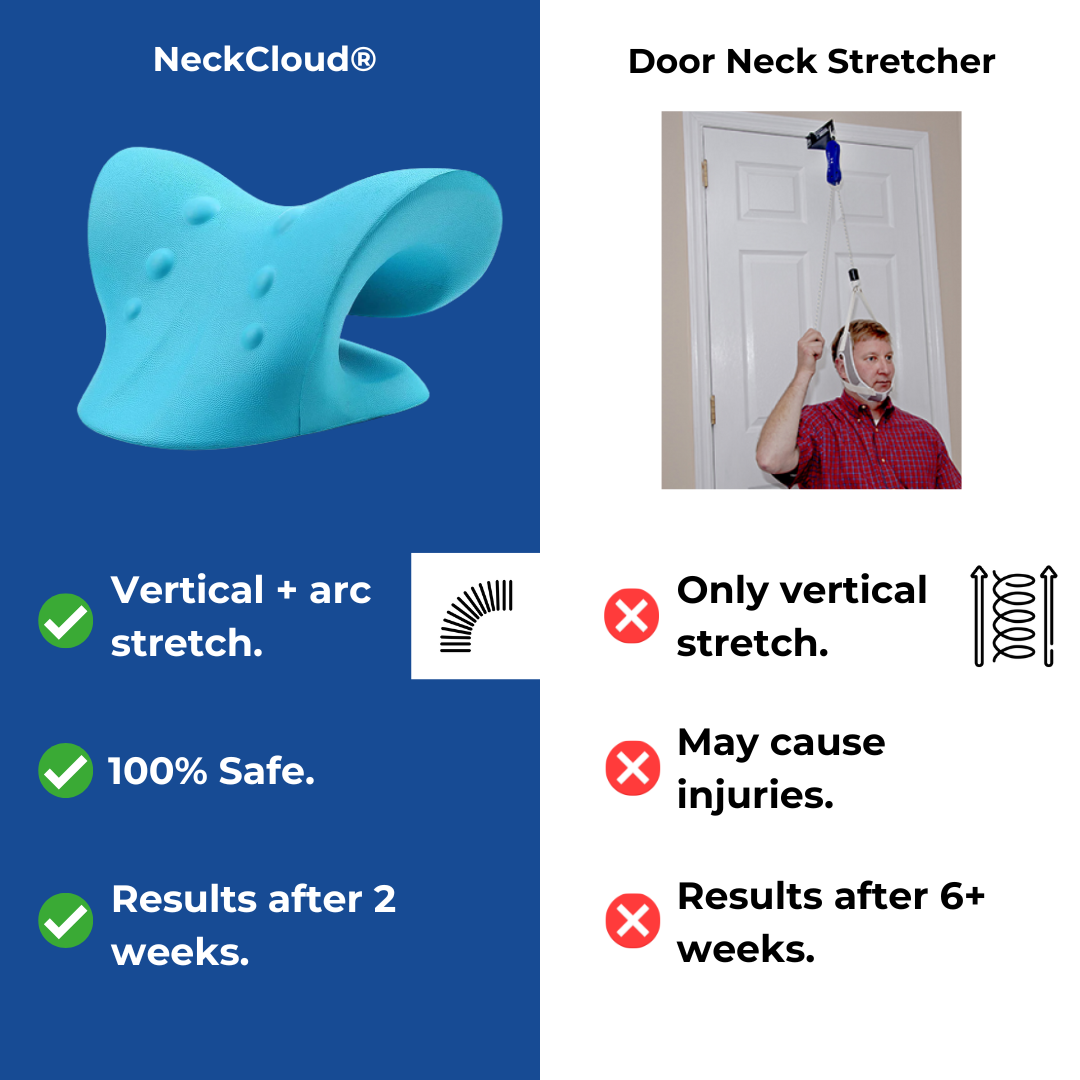Discover Neck Cloud: A Basic Solution for Neck Discomfort and Tension
Discover Neck Cloud: A Basic Solution for Neck Discomfort and Tension
Blog Article
Neck Pain in the Workplace: Identifying Danger Elements and Carrying Out Ergonomic Solutions
Neck discomfort in the work environment is a widespread concern that can impact staff member health and productivity. By comprehending the various threat factors contributing to neck discomfort and carrying out ergonomic solutions, organizations can develop a much more helpful job atmosphere. Recognizing these aspects is crucial in establishing targeted techniques to minimize pain and avoid future injuries. Resolving ergonomic concerns not just improves worker health yet additionally advertises overall task complete satisfaction and efficiency.
Usual Sources Of Neck Pain
Neck discomfort in the workplace is a prevalent concern that can be connected to several usual reasons. Additionally, repeated motions such as regular flexing, twisting, or reaching can likewise contribute to neck discomfort over time.

Ergonomic Risk Variables
Poor comfort designs in the workplace can substantially add to neck discomfort among staff members. Variables such as incorrect workdesk elevation, poor chair support, and unpleasant positioning of computer system displays can all play a role in the development of neck pain. When staff members are required to sit for prolonged durations ready that strain their neck muscles, it can bring about tightness, soreness, and even much more major bone and joint problems in time.
Additionally, inadequate ergonomic techniques can cause employees taking on unpleasant stances while working, such as craning their necks to see a computer screen or getting to annoyingly for a computer mouse or keyboard. neck cloud. These unnatural placements and recurring activities can put unnecessary stress and anxiety on the neck and surrounding muscle mass, bring about pain and decreased efficiency

Desk Arrangement Recommendations
To minimize the danger of neck pain and discomfort, there are a number of desk configuration recommendations that workers must take into consideration. Make certain that the computer system monitor is positioned at eye degree to stop straining the neck by looking up or down.
It is additionally crucial to have appropriate illumination to reduce eye pressure, as scrunching up your eyes or leaning ahead can cause neck stress. Organize the workdesk design to keep regularly used items within arm's reach, restricting the demand for repetitive turning or reaching motions. By carrying out these workdesk configuration recommendations, staff members can produce a much more ergonomic office that sustains neck wellness and lowers the risk of developing job-related neck pain.
Stretching and Exercise Tips
Straightforward desk-friendly stretches can assist minimize neck discomfort and stop stiffness. Neck rolls, shoulder shrugs, and mild side-to-side neck stretches are reliable in easing stress.
Establishing pointers or using apps that motivate motion can assist establish a routine extending routine. By focusing on these tasks, you can improve your physical wellness, reduce the check my source risk of neck discomfort, and improve your overall productivity in the office.
Significance of Normal Breaks
In a fast-paced job setting where needs can browse this site add to physical strains like neck discomfort, developing a routine that stresses the relevance of routine breaks is vital (neck cloud). Taking normal breaks throughout the workday is vital for relieving and avoiding neck discomfort. Prolonged durations of resting or repeated tasks can cause muscle mass stress and stiffness in the neck and shoulders. By integrating time-outs right into the work routine, staff members can decrease the danger of creating neck discomfort and improve general convenience and productivity.
These breaks can additionally offer as a chance for workers to exercise leisure techniques or mild neck stretches, additionally advertising bone and joint health and wellness. Executing a culture that values and focuses on normal breaks can have a significant effect on lowering neck discomfort and boosting general well-being in the office.
Conclusion
Finally, attending to ergonomic risk factors and executing correct workstation arrangements are necessary in lowering neck pain in the workplace. By advertising excellent position, supplying ample support, and motivating routine breaks and stretches, organizations can create a healthier and much more effective work environment for employees. Prioritizing staff member health via ergonomic services is key to stopping discomfort and enhancing total work environment satisfaction.
Neck discomfort in the work environment is a common problem that can influence employee health and efficiency. By recognizing and attending to these common causes of neck pain in the office, companies can take proactive actions to create a much more comfy and ergonomic work environment for their staff members.
Poor functional designs in the check out here work environment can substantially contribute to neck discomfort among employees. By executing these desk setup suggestions, staff members can develop an extra ergonomic workspace that supports neck wellness and minimizes the risk of creating occupational neck discomfort.
Neck rolls, shoulder shrugs, and gentle side-to-side neck stretches are reliable in eliminating tension.
Report this page